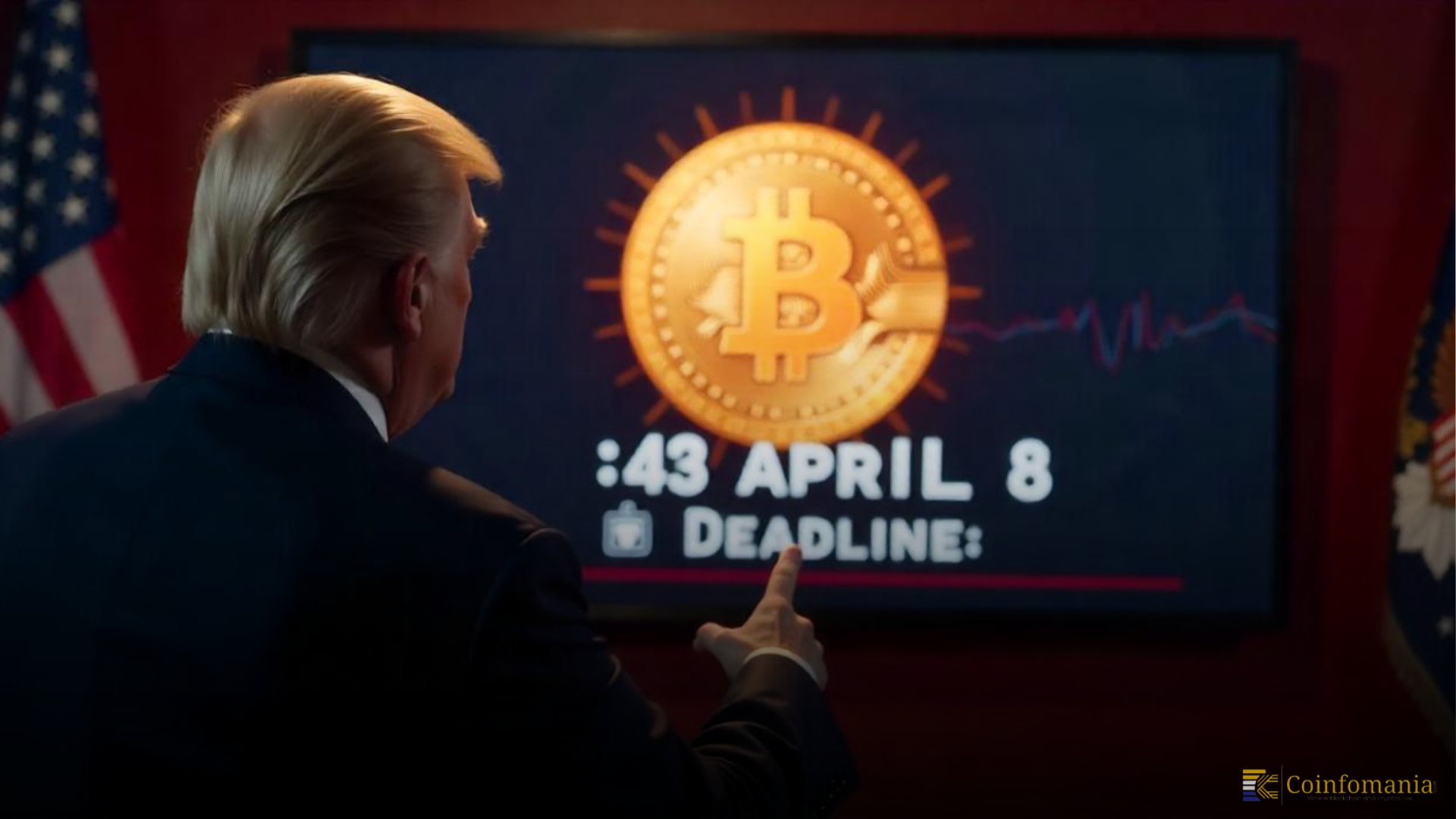Crypto News: Trump’s Strategic Bitcoin Reserve Mandates U.S. Agencies to Report Bitcoin Holdings by April 8
0
0

With a big move, all U.S. agencies were mandated to report their crypto holdings to Treasury Secretary Scott Bessent by April 8, 2025. This directive comes from President Donald Trump’s government order signed on March 6, aiming to centralize the oversight of federal digital assets. The report focuses on evaluating the quantity and extent of cryptocurrencies held by the authorities. Although the data will be submitted to the Treasury, the order no longer requires public disclosure, leaving space for speculation.
The aim was to create a structured overview of the federal government’s involvement in digital assets. By consolidating this information, policymakers can assess how cryptocurrencies are used and stored. This move is expected to shape the future of how crypto holdings are managed at the national level. Whether these figures are later published to the public or used only for internal planning, this marks transparency and strategic law in the digital finance sphere.
Strategic Bitcoin Reserve: A Digital Fort Knox
Basic framework of this initiative is the Strategic Bitcoin Reserve, a novel method for long-term digital asset management. This reserve holds Bitcoin obtained through legal and crook processes, treating it as a secure, Dalit national asset. Unlike other crypto policies, this strategy avoids liquidation and positions Bitcoin as an economic hedge, much like gold in typical reserves. By storing this data, the U.S. government signals its confidence in Bitcoin’s stability and long-term value.
This “digital Fort Knox” introduced a layer of security and permanence in federal digital asset policy. By defending Bitcoin price from market fluctuations and short-term strategies, the Strategic Bitcoin Reserve ensures a secure store of price for future contingencies. It may also influence how different nations use cryptocurrency reserves. As digital currencies become more important, structured reserves such as this will likely play a significant role in countrywide financial techniques and economic protection planning.
Digital Asset Stockpile: Strategic Flexibility in Action
Alongside the Bitcoin reserve, the executive order outlines a Digital Asset Stockpile, another repository for cryptocurrencies received through forfeiture. However, unlike Bitcoin reserves, this stockpile is designed for liquidity. The Treasury Department is authorized to actively manage, trade, or promote these assets when needed. This twin approach offers both long-term maintenance and short-term flexibility, allowing authorities to respond unexpectedly to market conditions while maintaining digital asset exposure.
The Digital Asset Stockpile allows federal agencies to leverage the rising values of key altcoins or rebalance holdings during market dips. It introduces a dynamic aspect of crypto governance and enables policymakers to adapt without compromising national crypto reserves. This big difference between static and flexible asset holdings offers the U.S. a balanced crypto strategy. Such differentiation also suggests a growing maturity in how governments deal with digital currencies—not just as unstable investments but as equipment for financial stability.
Breakdown of Government Holdings and Market Influence
According to Arkham Intelligence, U.S. authorities hold 198,012 Bitcoin priced over $15 billion, alongside a variety of altcoins like ETH, WBTC, BNB, and TRX, which are jointly worth around $380 million. Historical data indicate that the government has controlled approximately 400,000 BTC, selling 195,000 BTC for $366 million. These figures highlight the government’s journey in handling crypto assets, although, before this order, there was no unified coverage promoting such decisions. This new initiative changed the landscape.
President Trump also mentioned the main cryptocurrencies, such as Ethereum, XRP, Solana, and Cardano, in the executive order. While these have not been verified as part of reputable holdings, advisors have clarified that these coins have been referenced due to their high market capitalization. The point alone demonstrates the administration’s awareness of the broader cryptocurrency market. Despite Bitcoin price dropping 17% given the reserve’s announcement—from $94,000 to $77,800—analysts believe this move will enhance investor confidence in long-term U.S. cryptocurrency strategies.
Implications for Institutional Trust and Global Leadership
The Strategic Bitcoin Reserve and Digital Asset Stockpile institution sets an effective precedent for institutional investors and governments. It acknowledges the need for structured digital asset insurance policies and legitimizes the role of crypto in global finance. Institutional players may interpret these actions as indicators of future regulatory clarity, encouraging deeper investments. Moreover, by not immediately disclosing its holdings, the U.S. continues to face strategic ambiguity that could prove advantageous in geopolitical or financial negotiations.
This dual-reserve model marks a transformation in federal crypto-asset management. Cryptocurrencies are now integrated into nationwide economic frameworks. The inclusion of flexible and fixed reserves provides the U.S. with agility in financial planning. As different governments have observed this shift, it may inspire similar digital asset policies abroad. In this way, the U.S. positions itself as a leader in modern economic infrastructure by considering cryptoregulation.
The post Crypto News: Trump’s Strategic Bitcoin Reserve Mandates U.S. Agencies to Report Bitcoin Holdings by April 8 appeared first on Coinfomania.
0
0
 Manage all your crypto, NFT and DeFi from one place
Manage all your crypto, NFT and DeFi from one placeSecurely connect the portfolio you’re using to start.






